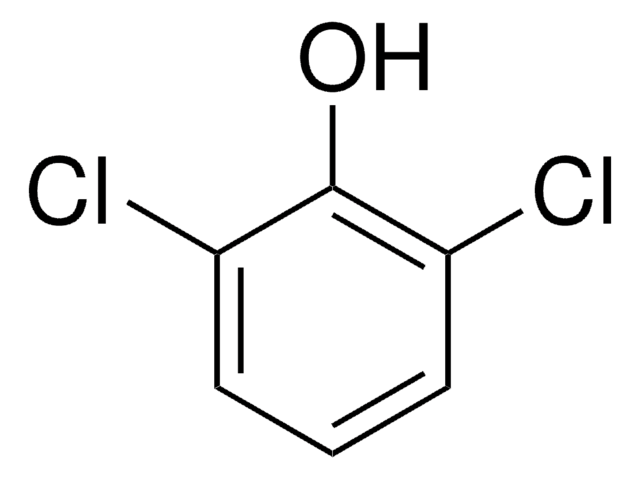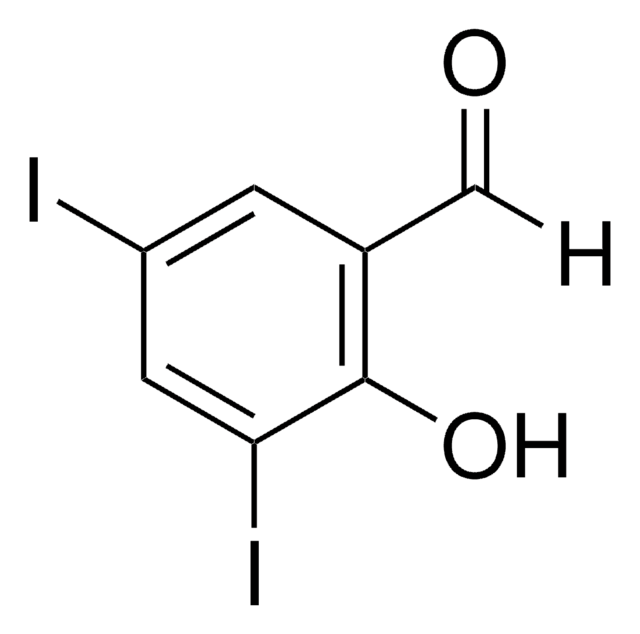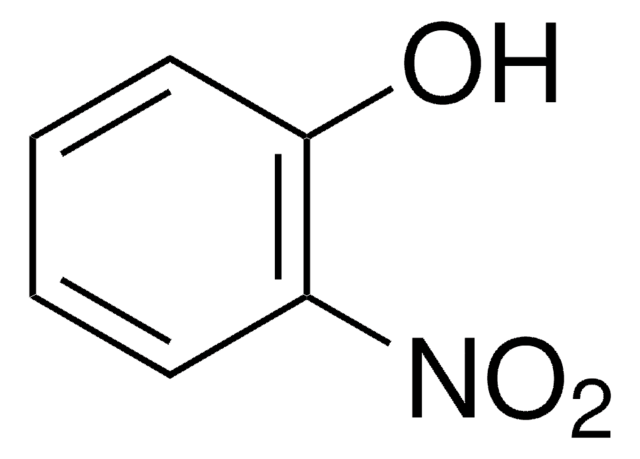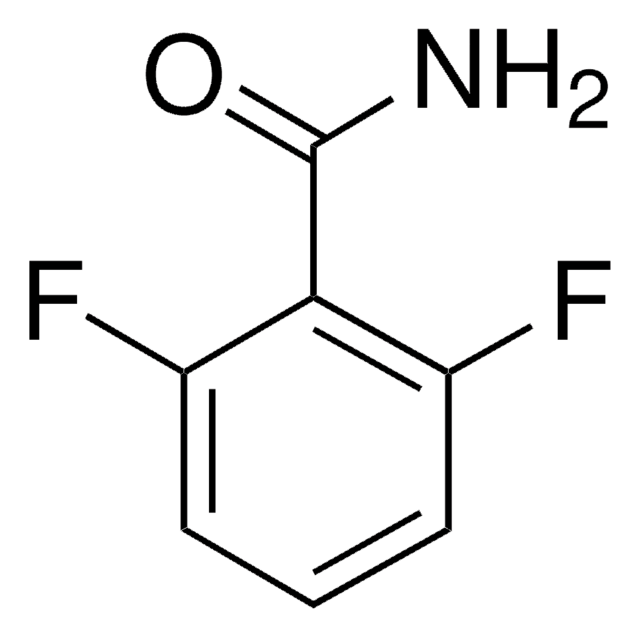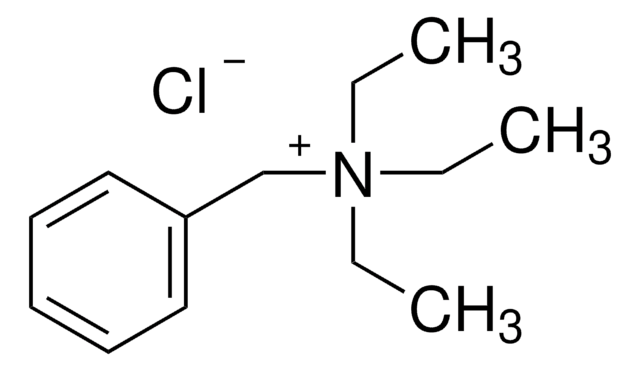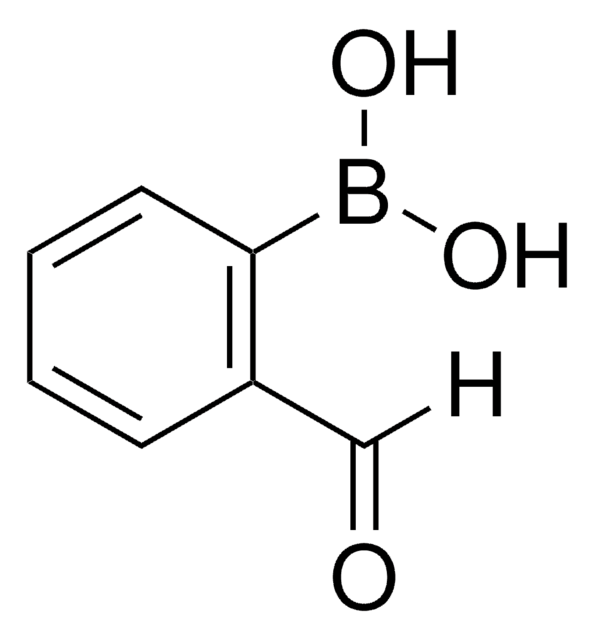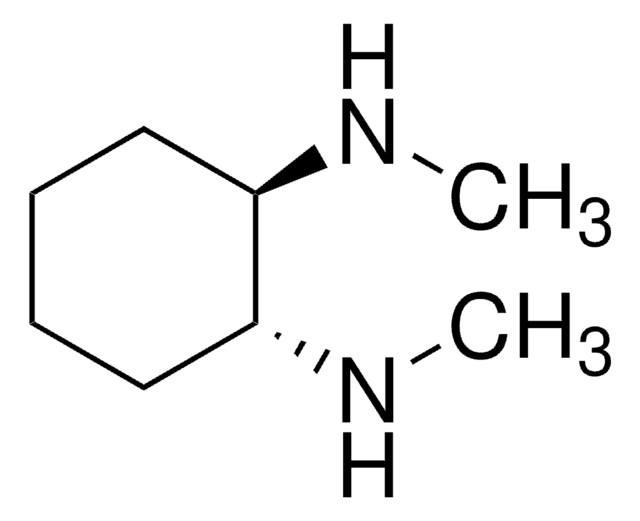About This Item
Recommended Products
Assay
≥97.5% (HPLC)
98%
form
solid
mp
123-126 °C (dec.)
solubility
methanol: soluble 1 g/10 mL, clear, slightly yellow to deep greenish-yellow
SMILES string
Oc1c(Cl)cc(cc1Cl)[N+]([O-])=O
InChI
1S/C6H3Cl2NO3/c7-4-1-3(9(11)12)2-5(8)6(4)10/h1-2,10H
InChI key
PXSGFTWBZNPNIC-UHFFFAOYSA-N
Looking for similar products? Visit Product Comparison Guide
Signal Word
Warning
Hazard Statements
Precautionary Statements
Hazard Classifications
Acute Tox. 4 Dermal - Acute Tox. 4 Inhalation - Acute Tox. 4 Oral - Eye Irrit. 2 - Skin Irrit. 2
Storage Class Code
6.1C - Combustible acute toxic Cat.3 / toxic compounds or compounds which causing chronic effects
WGK
WGK 3
Flash Point(F)
Not applicable
Flash Point(C)
Not applicable
Personal Protective Equipment
Regulatory Information
Choose from one of the most recent versions:
Certificates of Analysis (COA)
Don't see the Right Version?
If you require a particular version, you can look up a specific certificate by the Lot or Batch number.
Already Own This Product?
Find documentation for the products that you have recently purchased in the Document Library.
Our team of scientists has experience in all areas of research including Life Science, Material Science, Chemical Synthesis, Chromatography, Analytical and many others.
Contact Technical Service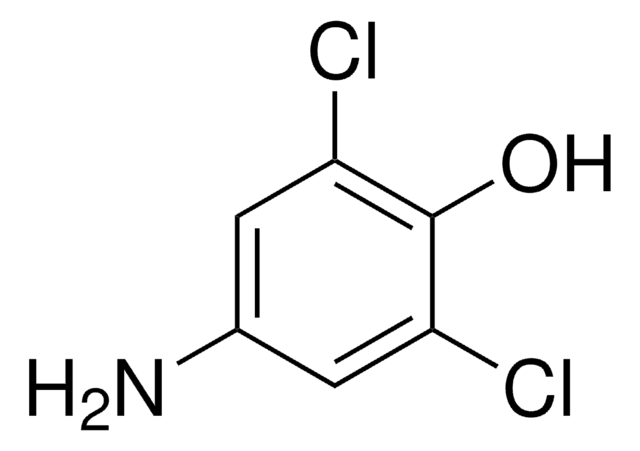
![2,4-dichlorophenol compound with 2,4-dichloro-6-[(dimethylamino)methyl]phenol AldrichCPR](/deepweb/assets/sigmaaldrich/product/structures/228/313/9e01f8ed-7171-4347-b09a-5f228387cc47/640/9e01f8ed-7171-4347-b09a-5f228387cc47.png)
